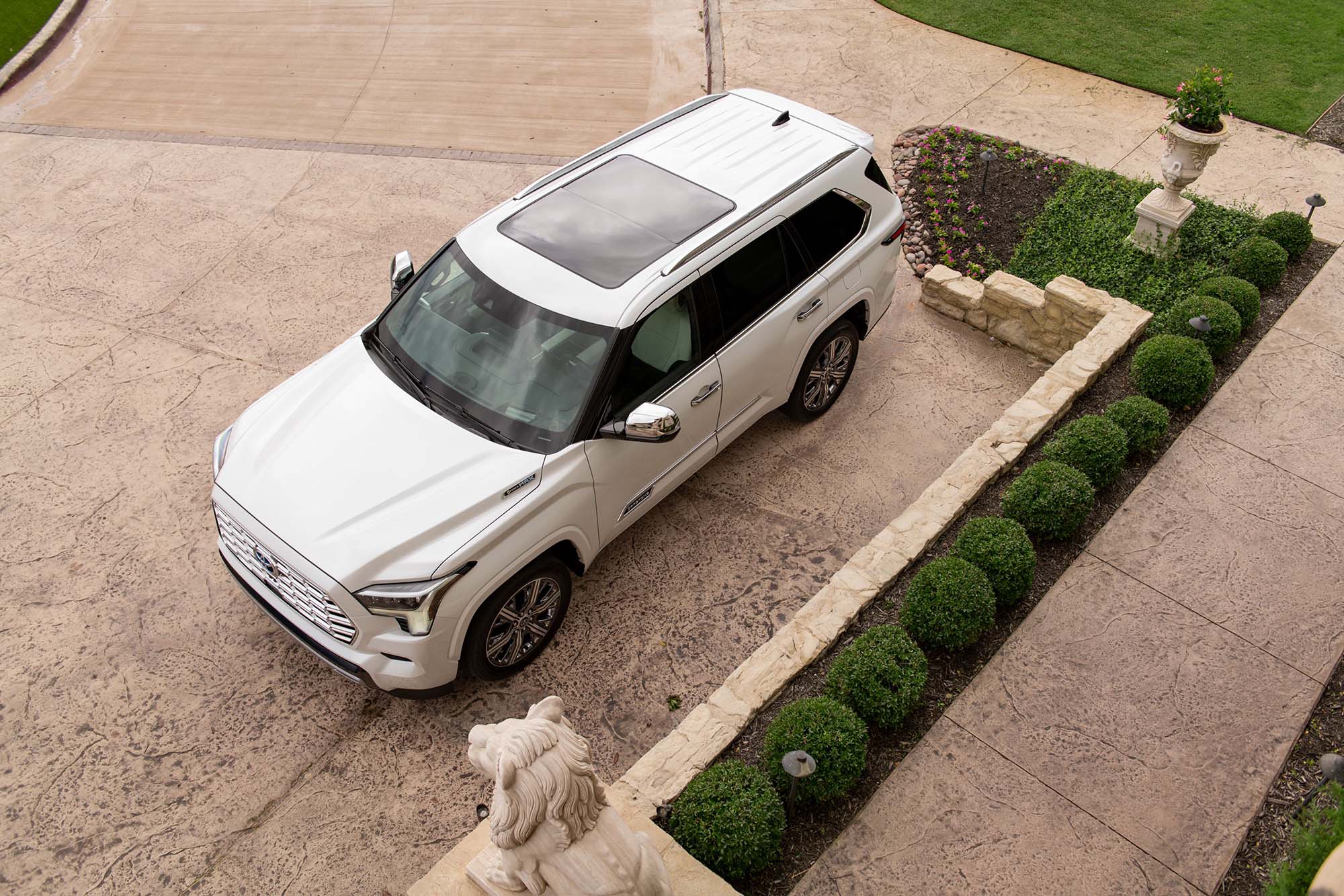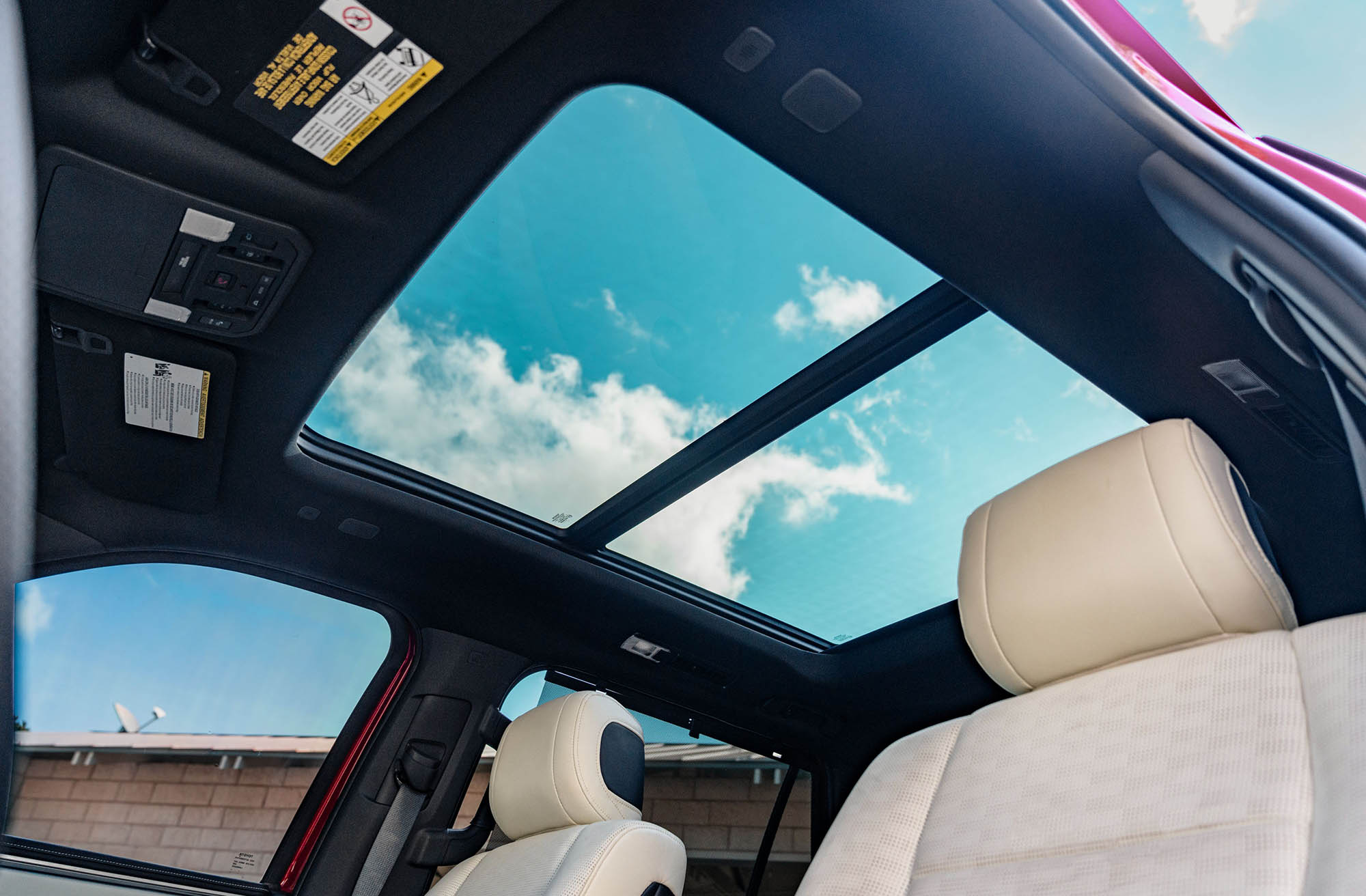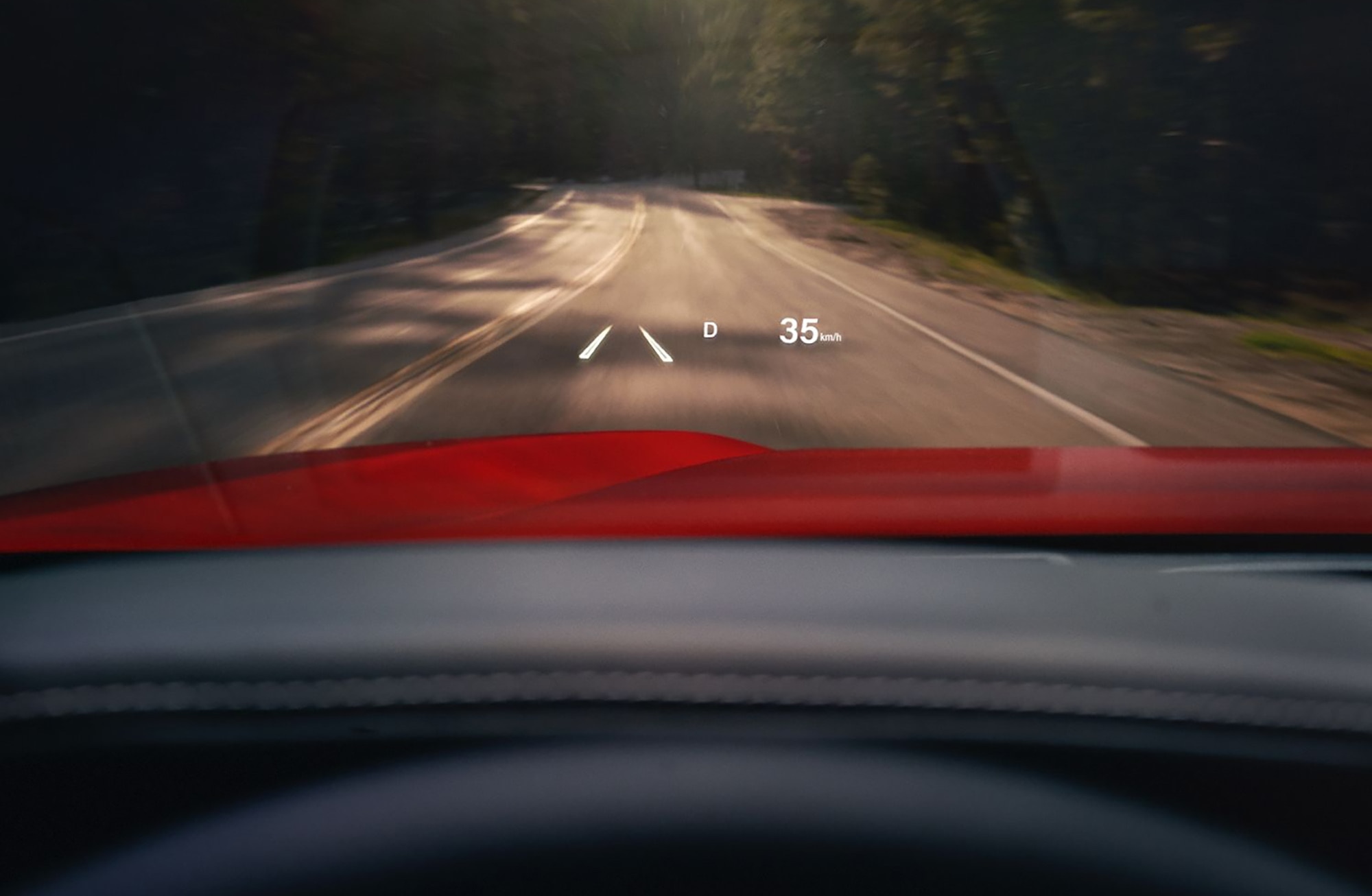7 Things You Probably Didn't Know About Automotive Glass
Cars and trucks rely on their glass for more than just visibility.
 Toyota
Toyota
Automotive glass has been evolving for nearly 100 years, and over that time it's incorporated a number of technological advancements that have made it a key component in several vehicle systems.
As glass changes, so do the features it can provide or enhance in a modern vehicle, making it far more than just a driver's visual portal to the outside world.
Auto Glass Works Hand in Hand With Sensor Tech
Sensor technology plays an important role in modern cars by regulating a number of automated features that have become part of the daily driving experience.
For example, automatic windshield wipers rely on a rain or moisture sensor usually found near the rearview mirror that makes use of a beam of light that is projected across the windshield. When that beam is broken by droplets of rain or a torrent of snow and slush, the wipers are activated.
Automatic headlights also rely on information coming through the windshield. A sensor, typically mounted on the windshield, looks for incoming light (or a lack thereof) to make its decision about turning on the running lights and headlights. Some systems can also manage high-beams on their own by watching for the headlights and taillights of incoming traffic.
 Toyota
Toyota
Some Automotive Glass Can Go Dark on Command
Sunroof technology has come a long way from the days of simple glass cutouts that had to be opened by hand. With the advent of much larger glass roof panels has come the need to better shade the interior on sunny days. This has helped lead to the development of the electrochromic sunroof.
The term electrochromic refers to a material that can change its color or opacity when an electric current is run through it. In automotive applications, this allows designers to create a sunroof that can be toggled between transparent and sun-blocking settings at the touch of a button.
The technology uses electrical current to align particles that are embedded in a film applied to the inside of a vehicle's sunroof. Depending on their alignment, these particles can block light or allow it through.
Radio Antennas Can Be Hidden Inside or Printed on Glass
Although the practice is less common today, it's possible for automotive glass to feature an embedded, or etched, antenna. Most of the time, these antennas are used for radio reception.
There are several types of embedded antenna designs. Some older designs relied on wires inside the windshield, while more modern versions have moved them to the rear or side glass. The latter can be on-glass antennas that have more visible, fractal-like designs, typically seen as a series of dark lines stretching across or through a vehicle's window.
Because of their size and opacity, antennas printed on car glass are often found at the rear, where they don't block the view of the road ahead.
 Toyota
Toyota
Head-Up Displays Rely on Special Windshield Glass
Head-up displays project vehicle information so that it appears to hover over the hood in front of the driver. To achieve this effect, the projector on the dashboard shines through a specially designed windshield with layers that have been angled to ensure there is no distortion or dual reflections as the image travels through the layers of glass.
Some older systems use a laser to illuminate otherwise transparent phosphor inside the windshield itself. A clean windshield works best with head-up display images. To achieve that, try an ammonia-free glass cleaner that won't leave any streaks.
Glass Can Keep Out Noise, UV Rays, and Heat
Glass can be used to help reduce the amount of sound that enters an automobile's cabin. Acoustic glass includes sound-blocking vinyl between layers of standard automotive glass. This thicker panel is better at both absorbing and deflecting sound, helping to make the passenger compartment quieter.
It's also possible to block out heat with glass. The easiest way to do this is generally by adding window tint to reduce the overall amount of visible light that enters a vehicle. There are also coatings that can be applied to glass that block UV rays to help reduce cabin temperatures in the summer and retain heat in the winter.
Heated Auto Glass Is No Longer Exclusively in the Rearview
Traditional vehicle defrosting systems rely on a jet of warm air blown on the windshield and side glass. Rear windows often use wires, either embedded inside the glass or sitting on top of it, that heat up when an electrical current runs through them.
This same principle eventually moved over to windshields, where the wires are much smaller in order to not interfere with the view of the road. Some windshields also include embedded heating where the wipers rest, allowing them to quickly defrost in wintertime.
Windows Can Contain Easter Eggs for Owners to Hunt Down
Vehicle designers occasionally imbue their creations with a little whimsy. Car glass is sometimes used as a canvas for this kind of fun, with several brands putting Easter eggs (a message, image, or similar feature hidden inside various media) for owners to find throughout the cabin.
Jeep conceals various unexpected shapes in places such as the fuel tank and rear windshield — in certain Jeep Compasses, for example, there's an image of the Loch Ness monster on the rear window. Chevrolet has embedded the Corvette's logo in the rear window gradient of its popular sports car, while Toyota has printed "bad-ass trucks" in Morse code in the windshield border of its Sequoia SUV.
Written by humans.
Edited by humans.
 Benjamin Hunting
Benjamin HuntingNearly two decades into his career as an automotive journalist, Benjamin has had his hands greasy, his hair blown back, and his heart broken by more than one project car. In addition to his work at Capital One, he has contributed features and reviews to Motor Trend, Car and Driver, Hagerty, Driving Line, Inside Hook, Super Street, European Car, Roadkill Magazine, Motor 1, The Drive, the Toronto Star, the National Post, Business Insider, NAPA, Autoblog, Automotive News Canada, and AutoGuide. He is also cohost of the Unnamed Automotive Podcast and cocreator of the Code 45 and Dead Air graphic novels. In his spare time, he's a friend to vinyl and enjoys keeping the shiny side up during track days.
Related articles
View more related articles